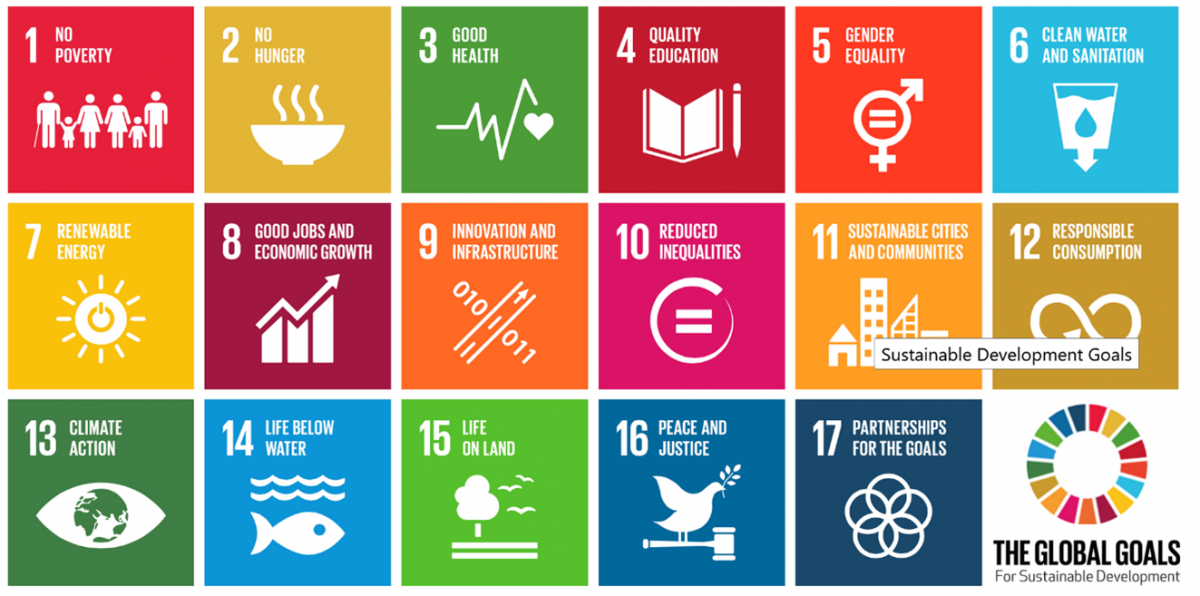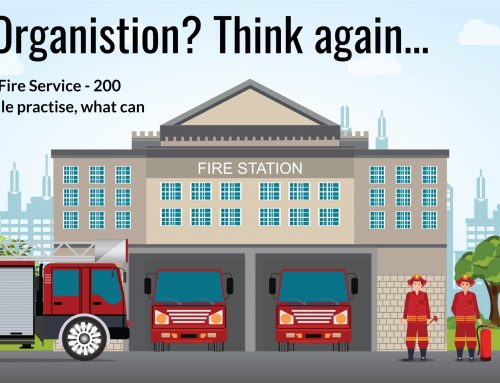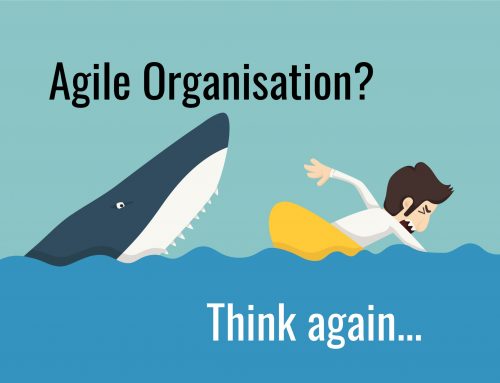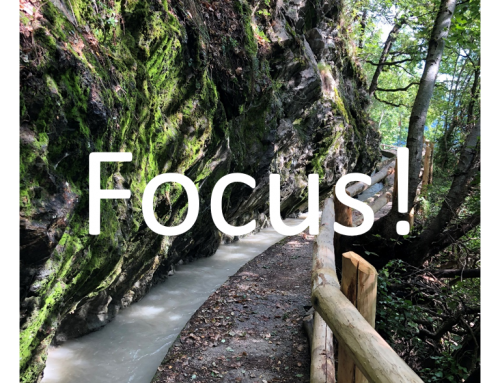2020/11/04
Sustainability has been one of the hottest buzzwords on management floors in the last couple of years. Not only products and services needed to be sustainable but also processes and systems, leadership styles and employee behavior. Every presentation and every report had been loaded with sustainability related statements and the term advanced to eye-level status with other buzzwords like “agility”, “disruption” or “eco-system”.
However, the notion of sustainability recently lost its appeal, not only because of COVID-19 and other game changing incidents in the economic and political realm. Sustainability increasingly became “nice to have”, defamed as an add-on with little to no real impact for the bottom line or for the creation of a competitive advantage. Many companies moved their sustainability activities into the done drawer once the energy consumption had been marginally reduced or the introduction of a digital signature helped to make printouts of documents dispensable. Not without good reasons have these activities been denounced by critics as mere “greenwashing” with a prime focus on their marketing benefit.
But moving sustainability too quickly to the graveyard of management fads would be wrong. The term “sustainability” itself consists of the words ´ability´ and ´sustain´ where the latter according to Wikipedia means “to cause or allow something to continue for a period of time”. In 2015, the United Nations General Assembly adopted a resolution called the 2030 Agenda. This resolution consists of a total of 17 Sustainable Development Goals (SDG), many of which can be directly adopted by companies of all kinds, e.g. quality of education, gender equality, clean energy, responsible consumption or the sustainable design of industry, innovation and infrastructure.
So what would be required in order to ensure the truly sustainable anchoring of sustainability in corporations? We recommend the following:
- Formulate a clear vision for sustainability that gives answer to the “reason why” and your long term goals. Only a highly ambitious and communicated vision leads to a high commitment and innovation capacity on all levels and in all functions. This vision needs to be precisely formulated, checked with the relevant stakeholder groups and communicated adequately to the different audiences.
- Increase the sense of urgency for the challenges and opportunities of a sustainability strategy among managers and employees. Make everybody understand that sustainability is not only nice to have but that it is actually a “must have” to sustain the business model and to comply with more and more demanding regulatory requirements.
- Establish sustainability influencers in key positions of the organization. Increase the ability of managers to act as role models for sustainability, e.g. in areas like green mobility, investment decisions or building infrastructure.
- Ensure that all business units and functional departments draft their individual strategiesin regard to sustainability. Each unit should individually reflect the 17 SDG, choose those goals which are most relevant to them and then defined the what, the how and the who for subsequent action implementation.
- Formulate clear targets based on defined KSI (Key Sustainability Indicators). Use the power of “nudging” to change individual behavior e.g. by benchmarking sustainability results of teams and departments and by making innovative ideas and landmark achievements visible.
The “Fridays for Future” demonstrations, the activities of climate activists around the world and a growing number of disruptive legislation changes in many countries demonstrate that sustainability is not a “hoax” as some try to make us believe. So better start today in order to excel tomorrow as a leader for sustainability in your industry. We as Management Experts St. Gallen have abundant experience in formulating sound strategies and in supporting companies on their path towards a more sustainable entrepreneurship.






